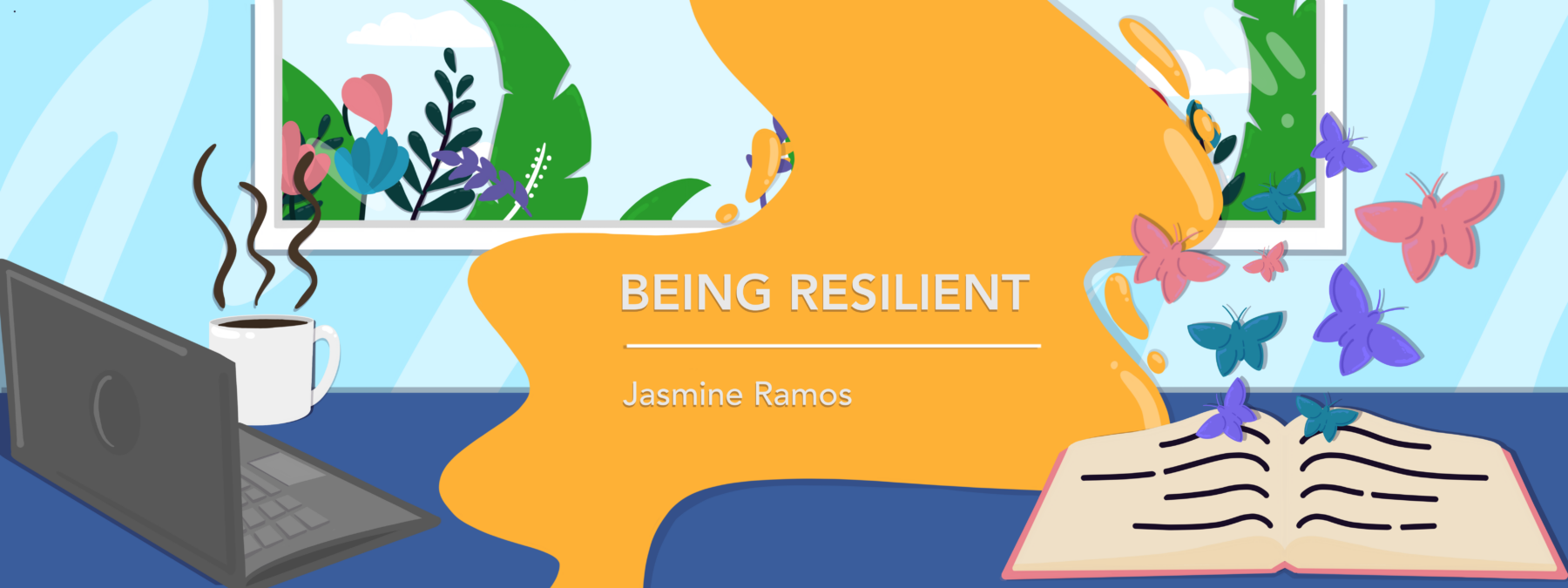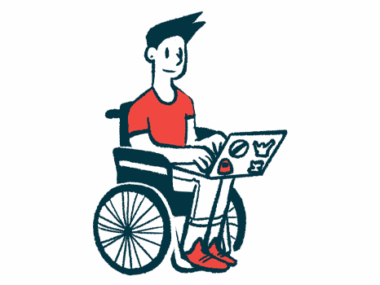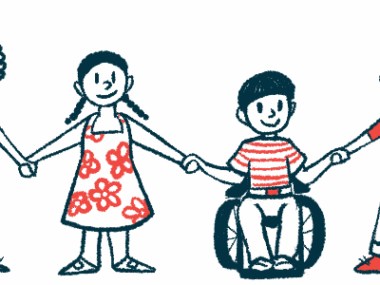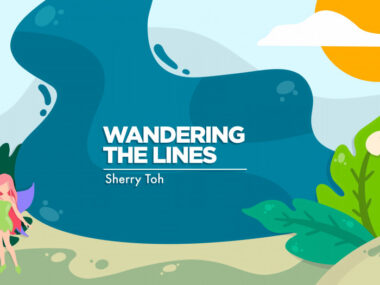When the disabled needed a place to connect, I created one
Isolation and loneliness thrive despite the world's seeming interrelatedness
Written by |

As depression and anxiety started to affect my outlook on life, I noticed how these challenges clouded even the simplest moments. Depression’s weight often made it hard to see beyond a day’s struggles, while anxiety wrapped every action and interaction in a shroud of what-ifs and what-nows.
Seemingly a paradox, loneliness persists in what’s supposedly a more connected world than ever. For someone with spinal muscular atrophy (SMA), that isolation can feel like a silent weight amplified by social noise. Physical limitations and societal barriers — such as inaccessible spaces and misunderstandings — often heighten isolation, making it a constant reality rather than an occasional feeling.
My move from New York City’s energy to the quiet rhythm of an Amish town brought a shift in my life. I had to seek connection through online spaces, eventually joining and then co-hosting Zoom meetings. Each screen became a lifeline, allowing me to bridge the widened distance from my beloved friends.
Over time, these connections didn’t just ease my loneliness; they became pillars of support, especially as I navigated the ups and downs of my mental health. Through these virtual connections, I found people who not only understood the unique challenges I face, but who also provided the kind of emotional support that’s been pivotal in managing both my physical and mental health.
Making a solution
In January, my best friend encouraged me to create my own Facebook group, recognizing my talent for planning and leadership. At first, I brushed it off. Why add another group to the thousands already out there?
But the idea lingered, quietly urging me to consider it. If I was feeling the weight of isolation, there’s no doubt others with disabilities were, too. Maybe I could create a space where we could all find a sense of belonging — a place where connections could thrive across state lines, easing isolation one meeting at a time.
And so The Friendship Circle was born. With each name that joined, my excitement grew, knowing I’d have the chance to connect with and support each person. I gradually assembled a dedicated team of fellow disabled friends to help things run smoothly.
Before long, our calendar was packed; every day brought engaging Zoom events that fostered laughter, support, and a shared sense of belonging. This community has introduced me to truly inspiring people and revealed a new depth of strength within me. We’ve built more than just a group; we’ve created a shared purpose.
As we spent time together daily, meaningful friendships blossomed, creating a space where we could be vulnerable and let our true colors shine. This group became a refuge in a world that often isolates us — a place where connections felt sincere, and people felt seen. We can be authentically ourselves without judgment.
Over time, one of these friendships grew into something more, a connection rooted in mutual understanding and shared experiences. Against all odds, I again found love, a love born from friendship and nurtured through trust and support.
As today’s World Mental Health Day reminds us, no one should have to navigate mental health challenges in isolation. In building The Friendship Circle, I discovered the power of connection in easing not only loneliness, but also the weight of anxiety and depression. For those of us facing disabilities, the mental health impact of isolation can be profound, yet together, we’ve shown that meaningful friendships can transcend physical barriers and societal limitations.
Our group is more than a supportive space; it’s a reminder that mental health thrives on genuine connections and communities of support.
Note: SMA News Today is strictly a news and information website about the disease. It does not provide medical advice, diagnosis, or treatment. This content is not intended to be a substitute for professional medical advice, diagnosis, or treatment. Always seek the advice of your physician or other qualified health provider with any questions you may have regarding a medical condition. Never disregard professional medical advice or delay in seeking it because of something you have read on this website. The opinions expressed in this column are not those of SMA News Today or its parent company, Bionews, and are intended to spark discussion about issues pertaining to spinal muscular atrophy.








Nick Smit
A good read and so great to hear of your community and how it's made a difference in your, and others, l lives.
Mother
That was a beautiful writing daughter! One of your best yet!. You are loved by your family. And we are very proud of you and all you work for. Helping others is your calling.